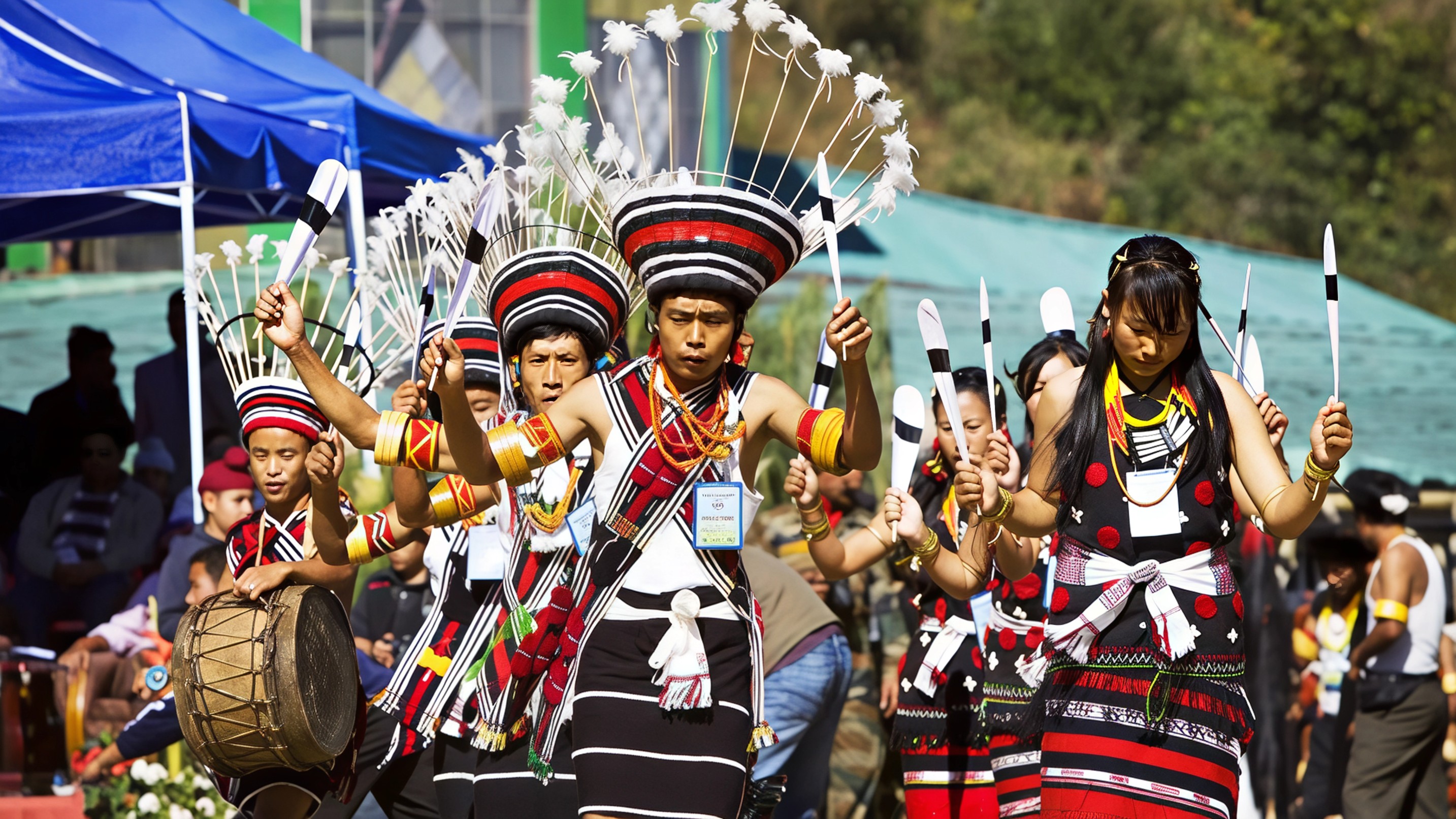The town of Maski in Karnataka, already known to history enthusiasts for being the site of a crucial Ashokan edict, is once again in the spotlight. This time, it is because archaeologists have discovered artefacts dating back nearly 4,000 years, offering a new window into one of the oldest civilizations in southern India. These relics were unearthed near Mallikarjuna Hill and the Anjaneya Swamy Temple, areas that are now confirmed to have supported long-term human habitation as early as the 11th century BCE.
This significant excavation is the result of a joint project involving researchers from India, the United States, and Canada. With permissions from the Archaeological Survey of India, the team meticulously surveyed and excavated sites across the region. Among the leading experts were Professor Andrew Bauer from Stanford University, Dr Peter Johansen from McGill University, and scholars from Shiv Nadar University. Their findings point to a highly developed ancient community that had access to tools, pottery, cooking instruments, and decorative items, all indicating a rich and organised lifestyle.
The recovered artefacts tell a compelling story. Far from being a scattered settlement, Maski appears to have been home to a thriving population with evolving cultural traditions and technological skills. The level of craftsmanship in the pottery and tools, as well as the variety of objects found, suggests that this ancient society was not only surviving but also advancing socially and artistically. These discoveries align Maski with other major archaeological finds in India, such as Keeladi in Tamil Nadu and Rakhigarhi in Haryana, both of which have also revealed evidence of highly developed early societies.
Before this dig, Maski was already a site of national importance. It was here in 1915 that a minor rock edict explicitly naming Emperor Ashoka was found, confirming that the many inscriptions across India credited to Devanampiye Piyadasi were indeed his. That discovery changed the understanding of Ashoka’s reign and the spread of Buddhism across the subcontinent. Now, with these 4,000-year-old artefacts, Maski adds another layer to its already rich historical significance.
The impact of this find extends beyond historical fascination. It places Maski firmly on the map as a vital archaeological site in India’s ancient past. The artefacts not only enrich our understanding of early life in the region but also challenge previously held assumptions about how advanced South Indian civilizations were thousands of years ago. This emerging picture of Maski is one of continuity, culture, and community.
Getting to Maski is relatively straightforward. It is about 425 kilometres from Bengaluru and 80 kilometres from Raichur. The closest railway station is Raichur Junction, from where local transport can take visitors to Maski. The nearest airport is located in Bellary. For those who enjoy road trips, the drive from Bengaluru offers a pleasant journey through Karnataka’s heartland.
Once there, visitors can explore a number of historical and cultural landmarks. The Maski Ashoka Edict is a must-see for history buffs. The Mallikarjun Temple and nearby Gurugunta Palace offer glimpses into the region’s religious and royal past. For scenic views, the Rajalabanda Barrage along the Tungabhadra River provides a peaceful retreat, while the town of Mudgal nearby holds further historical charm. A longer journey leads to Raichur Fort and eventually Hampi, making Maski an ideal stop on a heritage trail through southern India.
This new discovery makes Maski more than just a place from the pages of history. It is a living testament to India’s deep and complex past, a place where ancient stories are still being uncovered, piece by piece, from the earth beneath our feet.
For more travel updates, cultural insights, and hidden gems from across India and beyond, follow Travel Moves on Instagram and Facebook.








